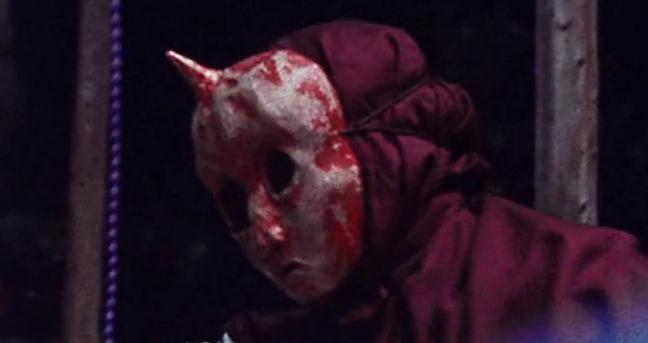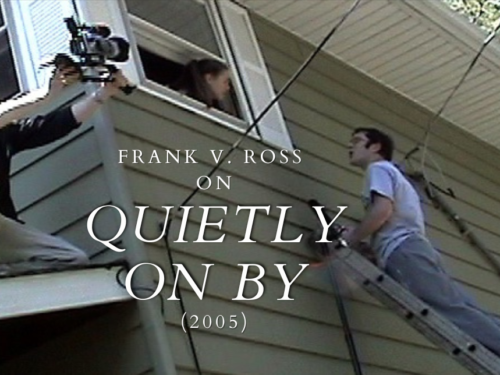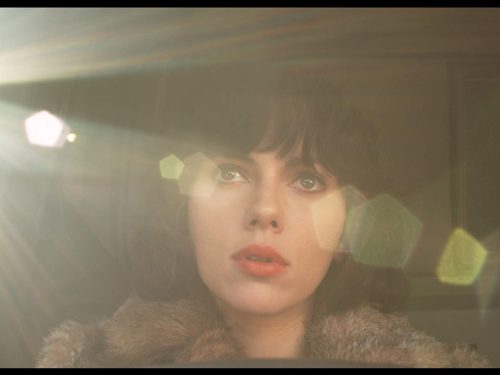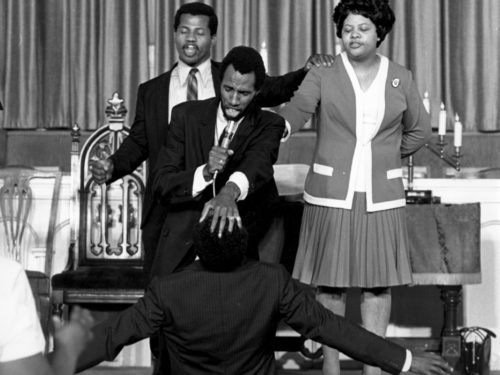Kōji Shiraishi’s Noroi: The Curse assembles a journalist’s final documentary about tracking down a missing girl and an ancient demon
The genius of Kōji Shiraishi’s 2005 found-footage epic Noroi: The Curse is that it presents itself as a film edited together after the fact. This allows it to cut between two cameras at crucial moments and to kid itself by adding schlocky music and intertitles that undersell the real horror that coils during its two hours. It allows Shiraishi to interrupt the narrative with seemingly innocuous or irrelevant footage, like a clip from a children’s variety show, or to fake out the viewer by letting the credits roll before giving us one of the ghastliest and most satisfying endings in the history of horror. Most crucially, it gives Shiraishi a way to work around the most common complaint about horror movies, which is why everyone is always acting with such disregard for their lives and the lives of others. Why would you split up to cover more ground? Why would you go in that abandoned building?
The hero of The Curse is Masafumi Kobayashi (Jin Muraki), a middle-aged ghost-hunter with a friendly, apple-cheeked face. The Curse is presented as his last documentary — his last, of course, because he disappeared after finishing it — as it’s aired on a late-night television program. We learn that he started writing books and then began filming his exploits, and we get a montage of interviews with witnesses to the supernatural (but no supernatural events). By all professional standards, Kobayashi is an excellent journalist. He’s persistent, understanding, a hard worker; at one point, he drives through an entire city looking for a single blue building. He’s also a man whose job is to make the stupid decisions people in horror movies have been making for generations. “No matter how horrifying, I want the truth,” goes his mantra, quoted at the beginning of the film as if to eulogize him. And as much as we like Kobayashi and admire his commitment to his work, his willingness to endanger the lives of others on his search for good footage becomes the one thing we can’t forgive him for. It leads directly to what happens in that final scene, the moment when this movie from horror’s most disreputable genre earns the importance of tragedy.
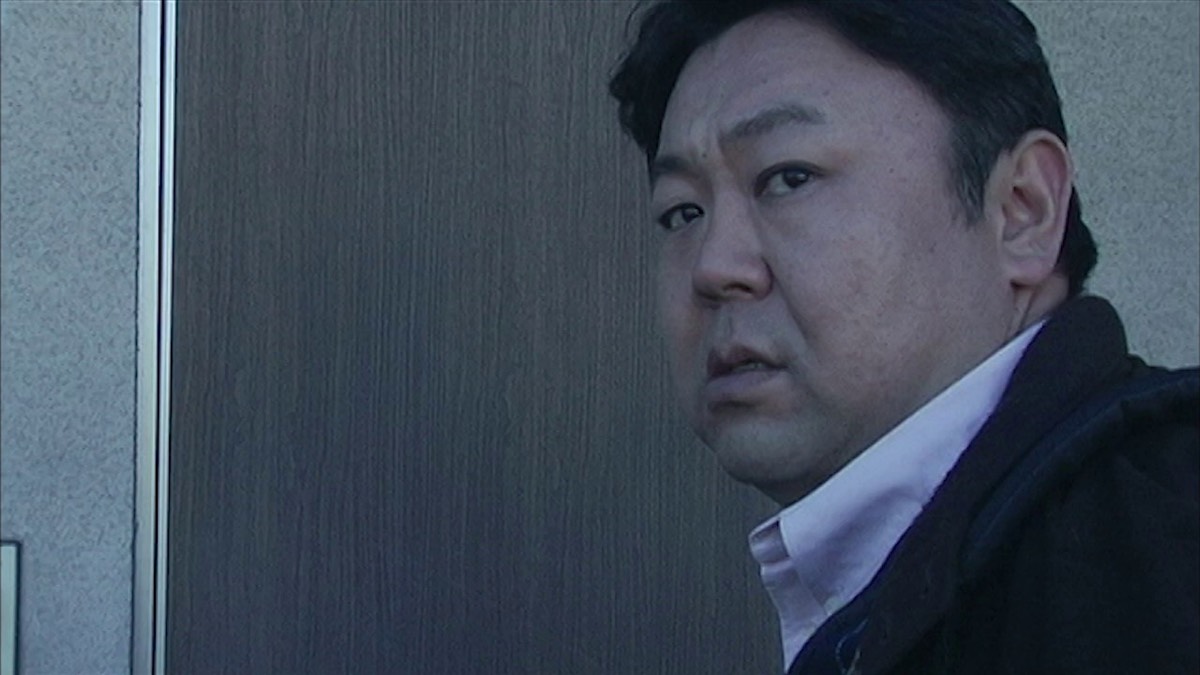
The Curse is a little disorienting at first. Scenes appear that seem like self-contained vignettes, like the variety show scene that becomes so much scarier and sadder when you watch it again and remember what was contained in that glass of water. Supernatural events are few, far between, and usually minor for much of the movie, which unspools in such a way that you might not be entirely sure of what you think of it until it’s finally and truly over. The Curse is as much a horror movie as a detective story, and the scenes that don’t deal with demons and ghosts mostly consist of Kobayashi interviewing people, snooping around derelict sites, following leads as he investigates the disappearance of a girl named Kana Yano (Rio Kanno).
Two other key characters emerge. Mitsuo Hori (Satoru Jitsunashi) is a character we initially distrust or suspect. Covered in tinfoil, hair unkempt and eyes bugging out, he’s the cartoon image of a conspiracy-theorist shut-in. He’s violent and erratic, psychic but in no way the master of his powers, and the most heroic character in the whole movie. He’s as committed to finding the missing girl as Kobayashi, but while we suspect Kobayashi is more motivated by his unceasing quest for the “truth” than his concern for the girl’s welfare, Hori seems to physically feel the grief around him and often seems at the verge of tears. At one pivotal moment, Hori runs into the woods mournfully wailing Kana’s name, and there’s something a little perverse about the way Kobayashi waddles along behind him, holding his camera out in front. When Hori meets his demise we feel sorry for him, not least because we understand his actions were altruistic.
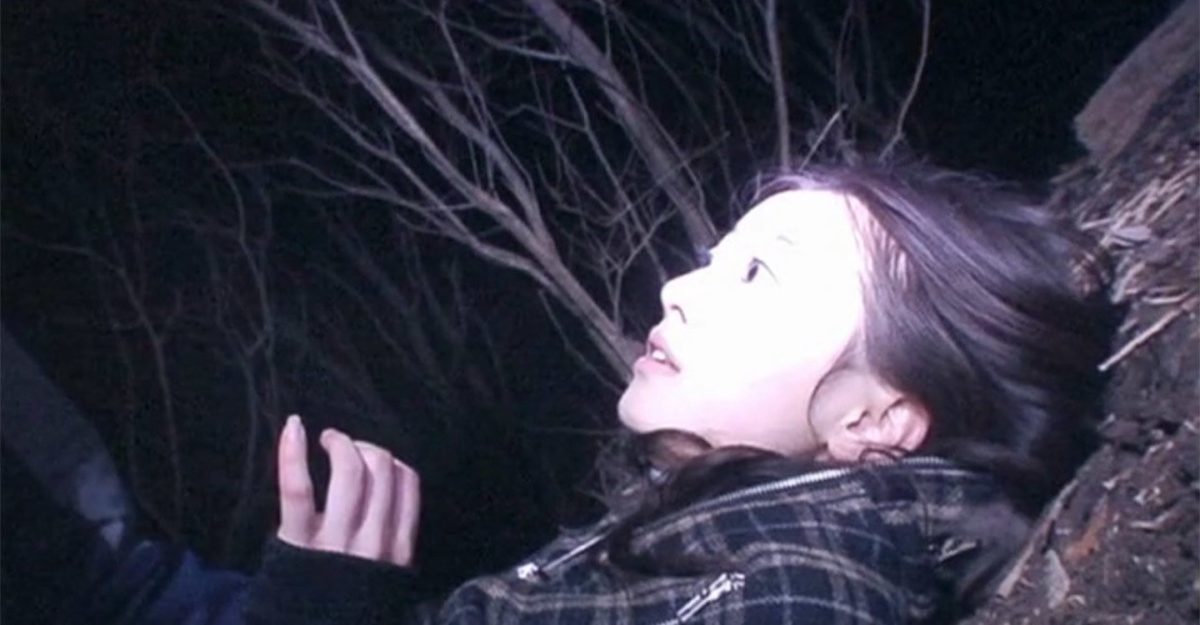
Marika Matsumoto is a real actress, playing herself. I’m not sure of her reputation in Japan and how it would affect a viewer’s experience of the film to know who she is. As far as the plot of The Curse is concerned, she’s been haunted by a supernatural presence since she was a child and tags along with the crew to undo her own curse. Her face is often illuminated by bright lights so that her skin becomes luminous and her facial features indistinct, like those of a ghost. Her job is to be a damsel in distress, but even as she writhes hysterically on the ground we never get the sense that she’s in danger or a danger to others, and her personality doesn’t develop like those of the other characters. I’m not sure how much she’s needed in the plot besides as a living embodiment of its found-footage conceit, but few people would ever be fooled into thinking The Curse is a record of real events; Shiraishi didn’t forget to give himself a huge credit on the screen at the beginning before the “program” starts.
Together — along with the silent cameraman Miyajima, who makes me think of the joke about Bear Grylls’ cameraman being more badass than he is because he has to do all the same stunts while lugging around a bunch of equipment — they journey into a labyrinth of ancient rituals and folklore. While most of Kobayashi’s early footage takes place on city streets and in apartment buildings, the long sequence at the heart of the film takes place in the countryside, just as the sun conveniently sets. Many of the portents we find in the film are natural: dying pigeons, animal cries, river water far from its source. We learn that the construction of a dam played a part in unleashing a demon. It’s suggested early on that Kobayashi’s shift from writing books to making documentaries codified his obsession, and even his camera cannot always be trusted. The Curse is not an anti-technology screed, but there’s the suggestion that all of modern life and society is perilously perched above a yawning unknown of ghosts and demons and things too ancient to understand.
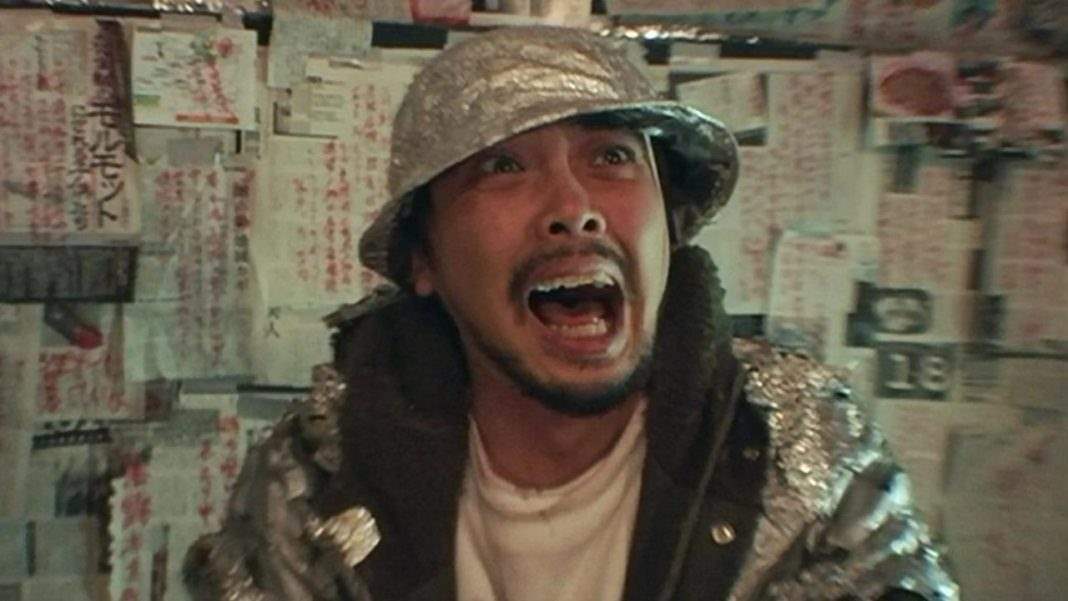
And then there’s the business with the baby. Is this an anti-abortion film? There’s a scene near the end where Kobayashi visits a clinic where abortions were once performed, and the camera zooms in on a living infant. This mirrors a shot very early on where the camera zooms in on a young girl’s face as her mother discusses the possibility of infant ghosts. The revelation of why there are infant ghosts is one of the most horrifying things in the whole movie, and it wouldn’t be hard for a pro-lifer to argue that a ritualistic massacre of babies isn’t meaningfully different from abortion. But if this is the message of The Curse, it doesn’t insist on it.
Its true message, I believe, can be found in that final scene. Only one death occurs onscreen in the entire movie. Take note of who it is and why it happened, and then think back to poor Kobayashi — the man who only wanted the truth, no matter how horrifying, but had no idea how bad it could really be.
Watch Noroi: The Curse on Shudder
Find more October Horror 2020 here:
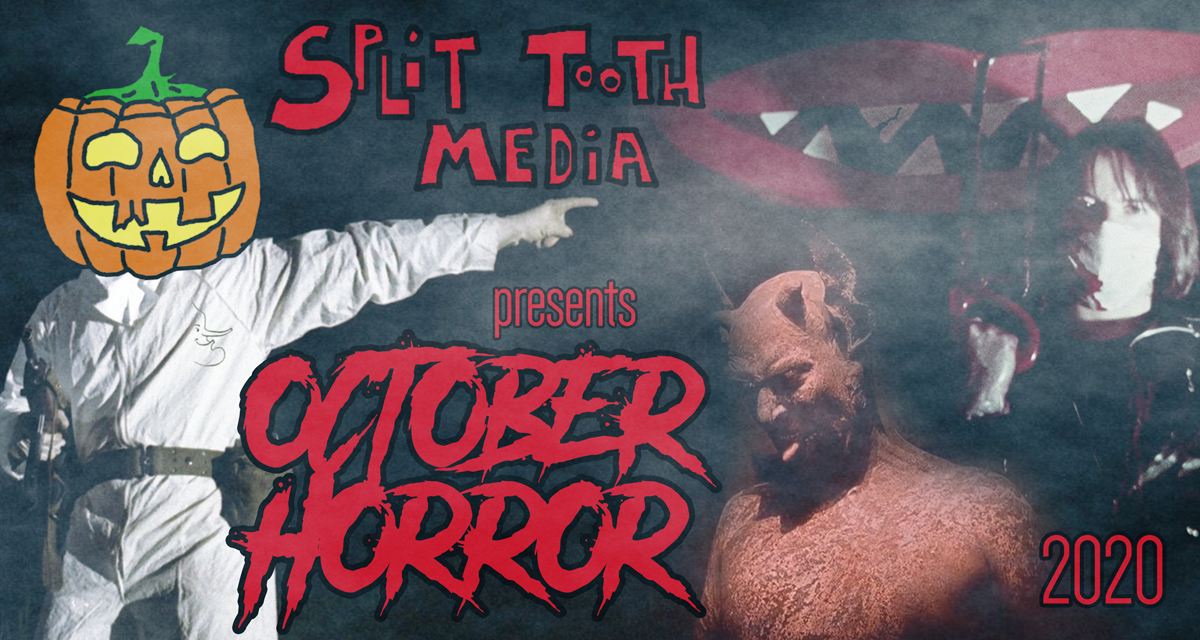
Follow Split Tooth Media to stay up to date with all things October Horror
(Split Tooth may earn a commission from purchases made through affiliate links on our site.)

